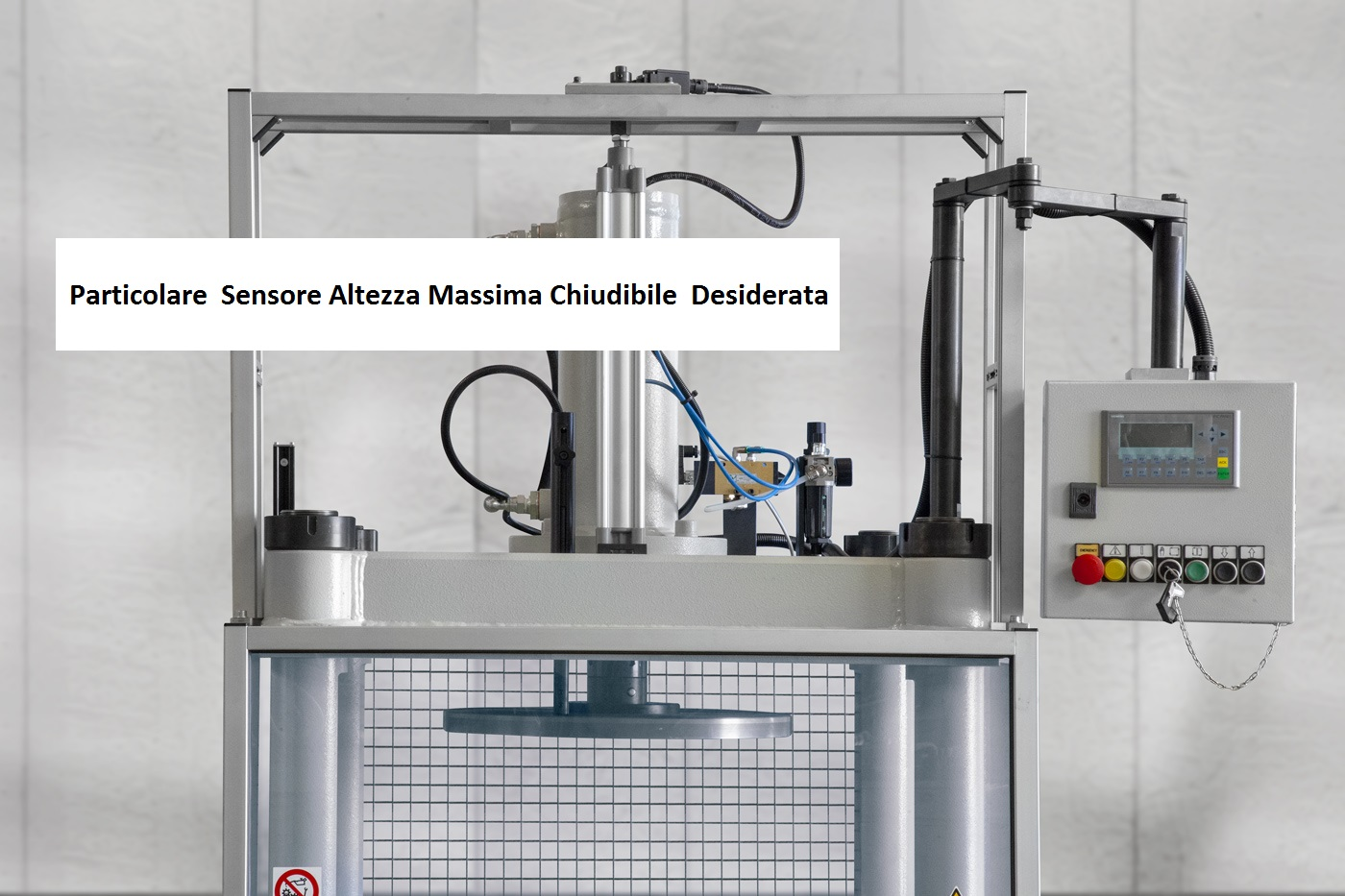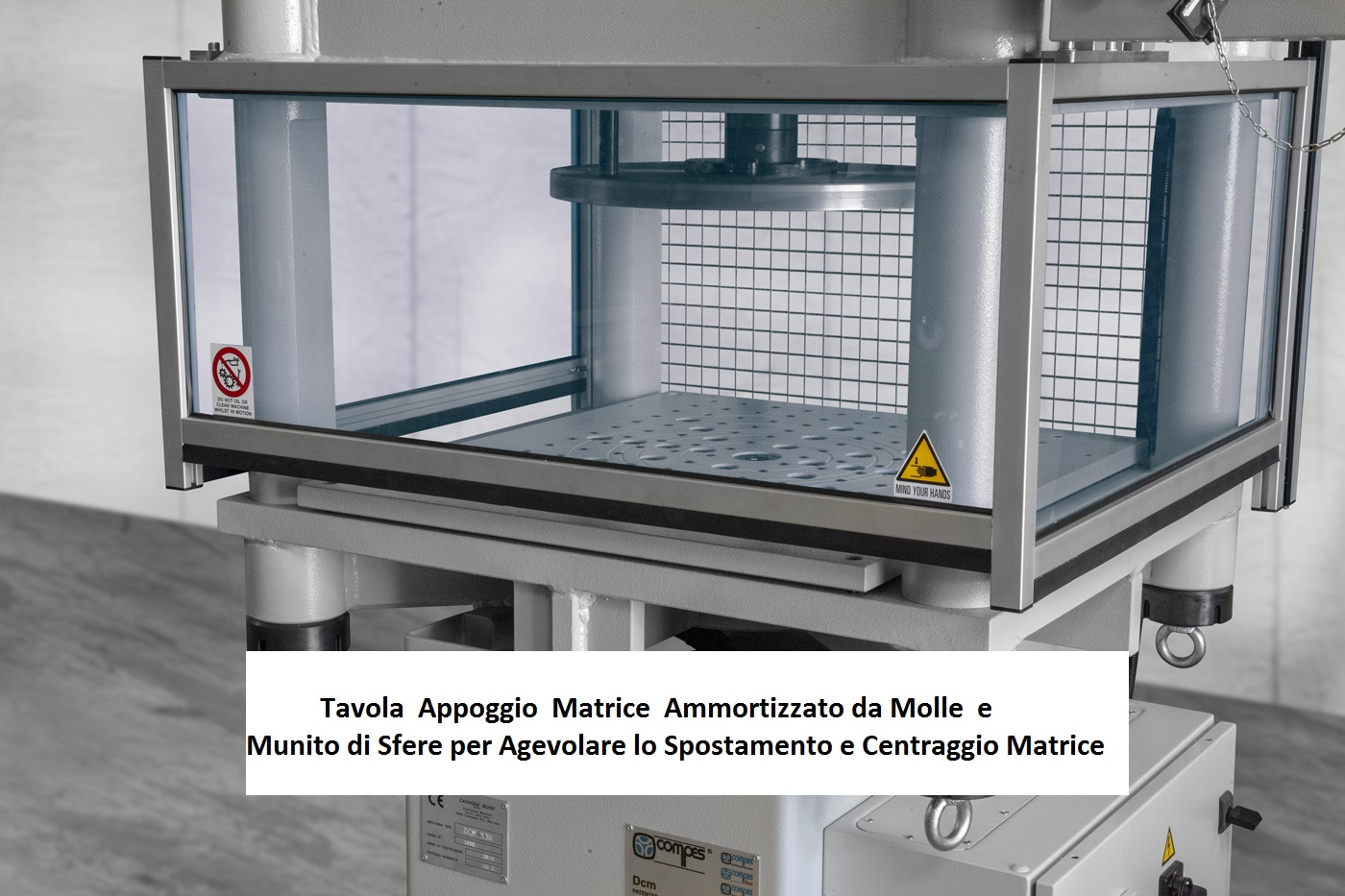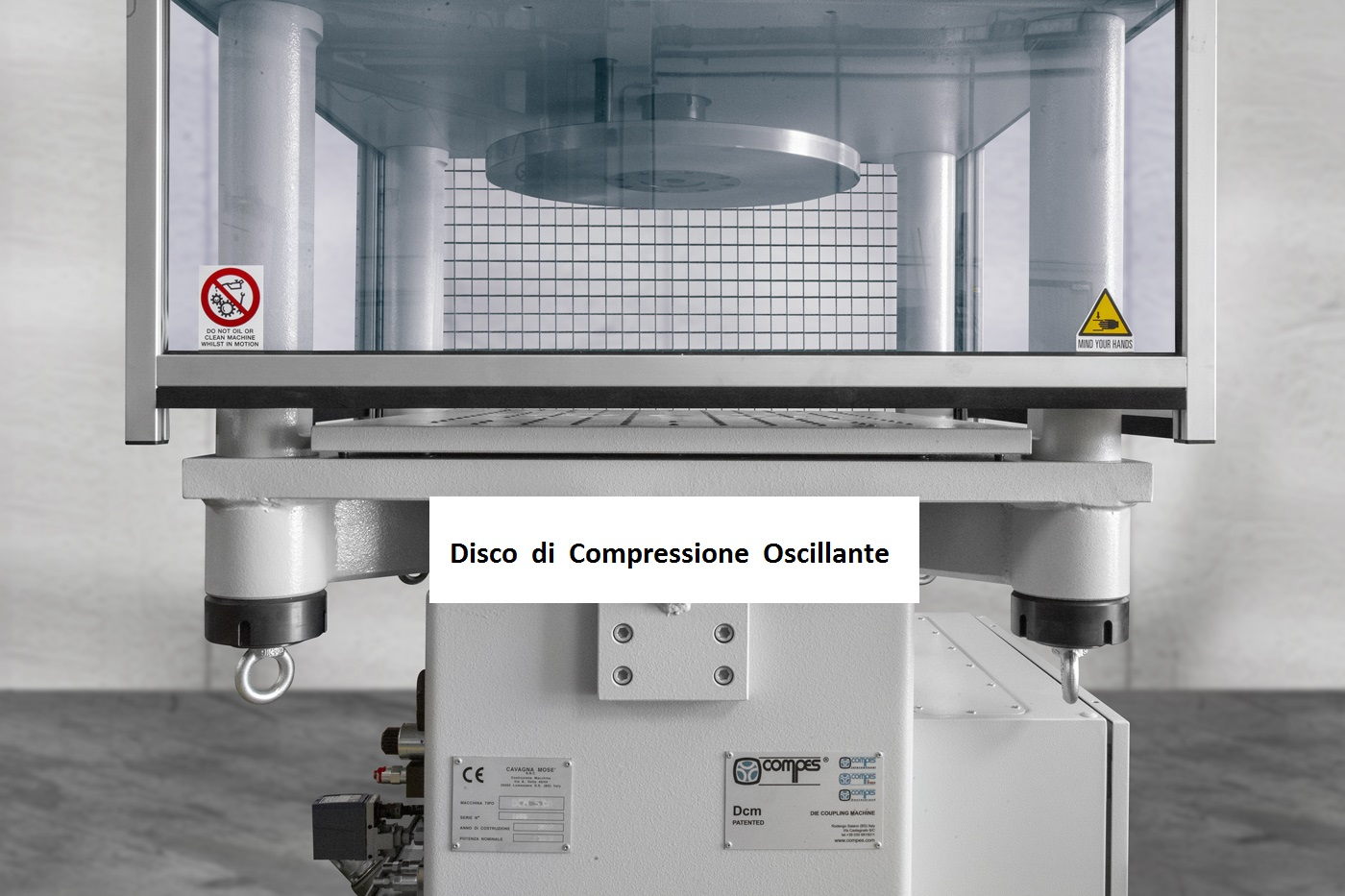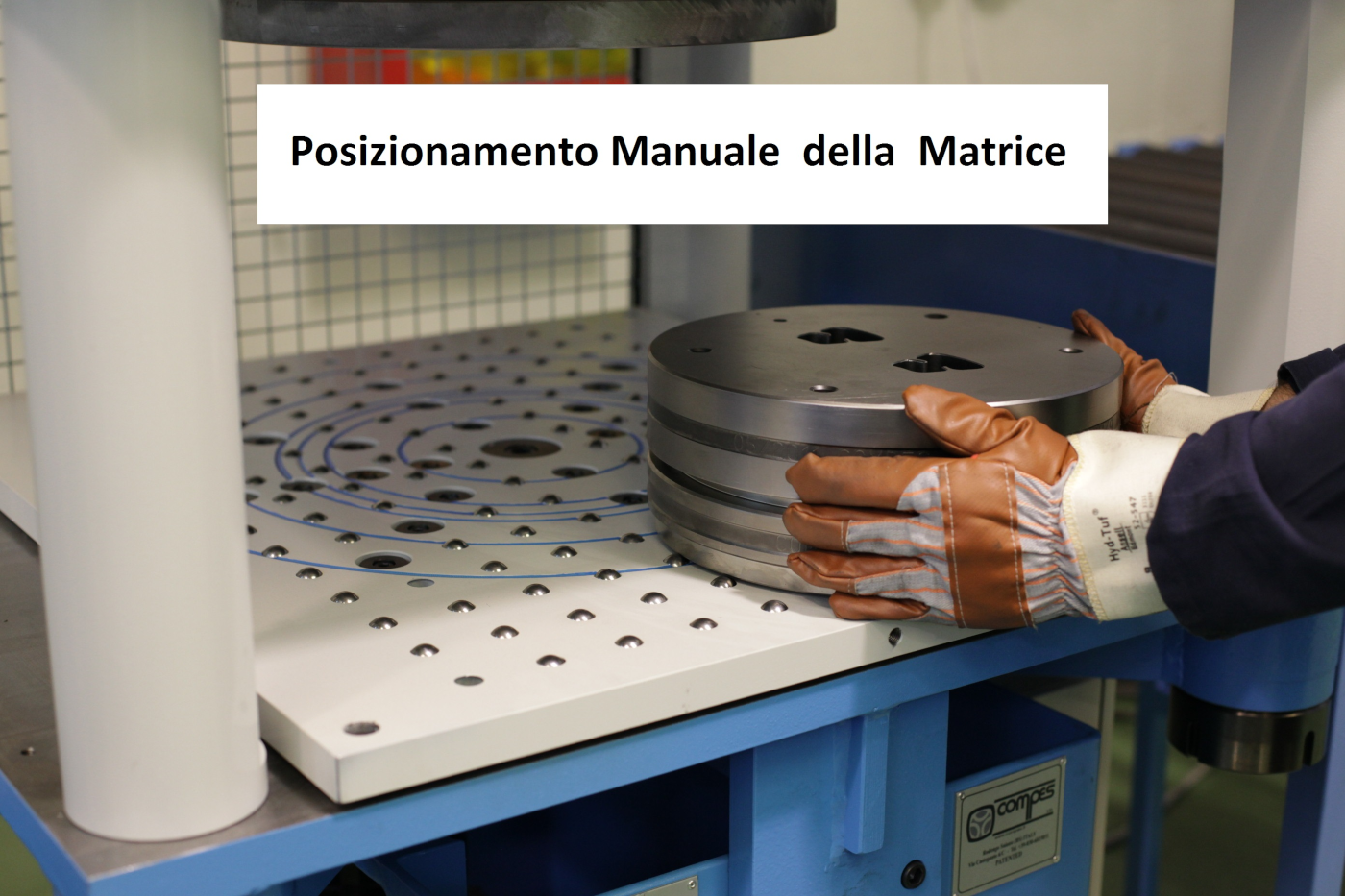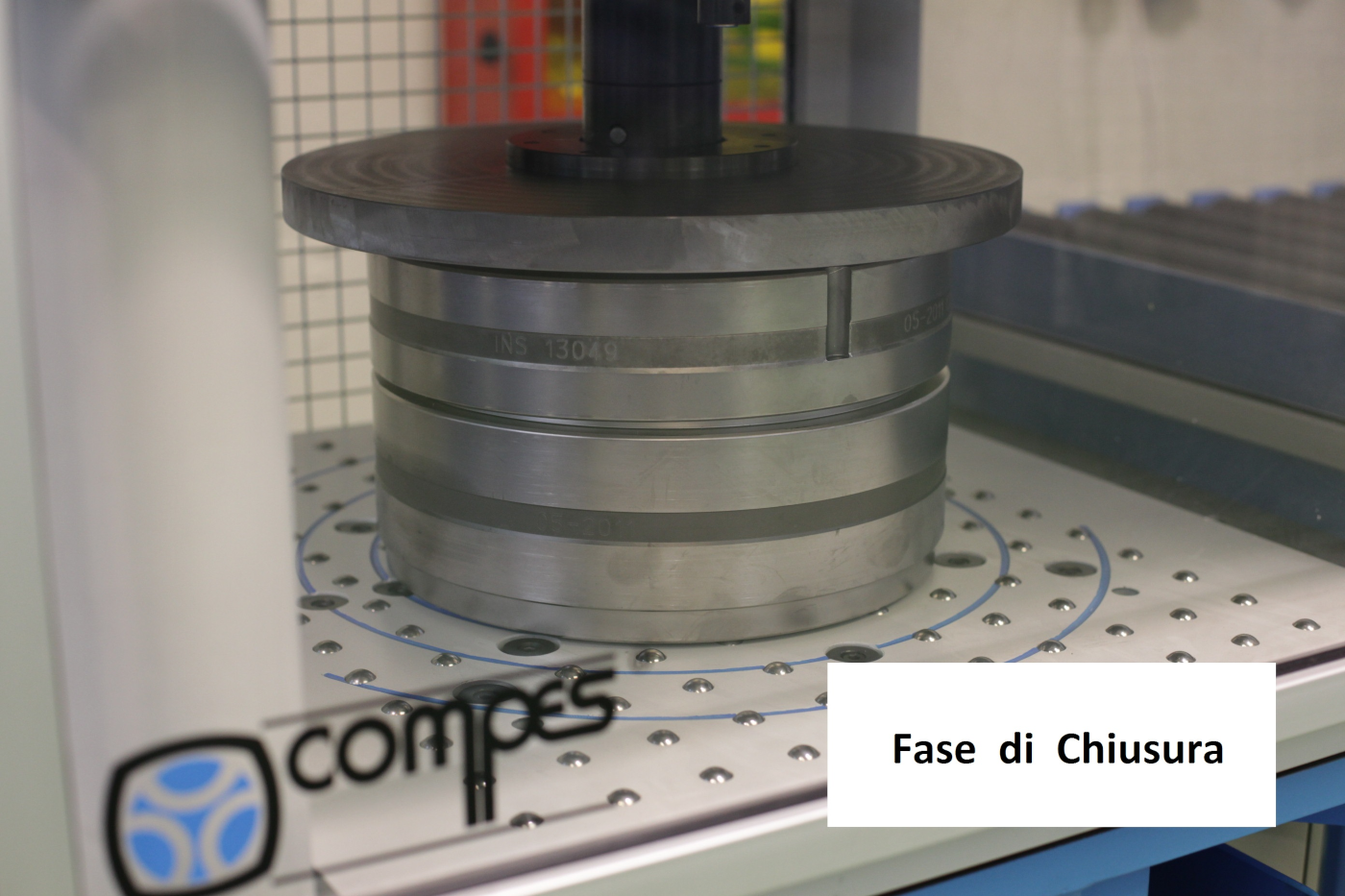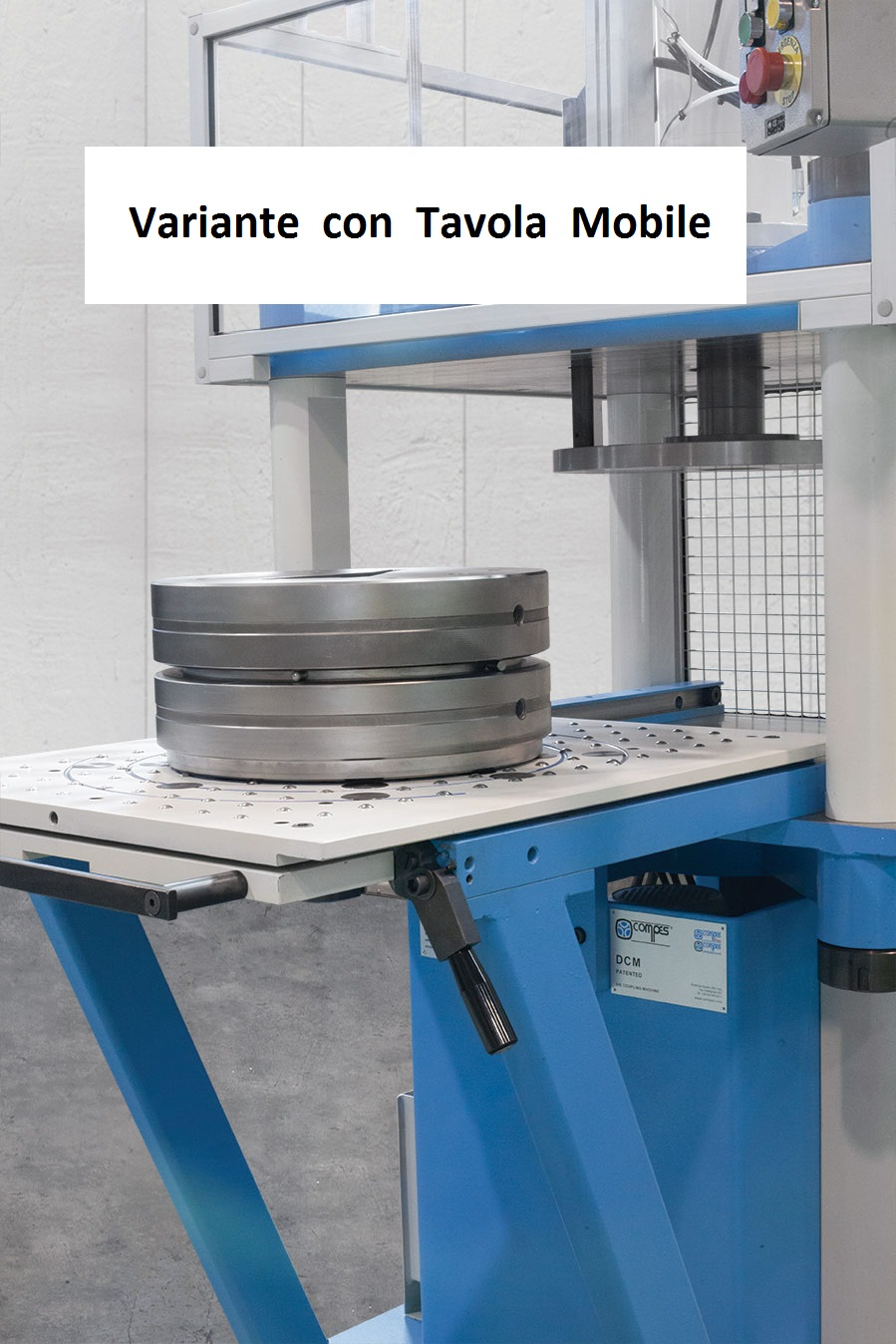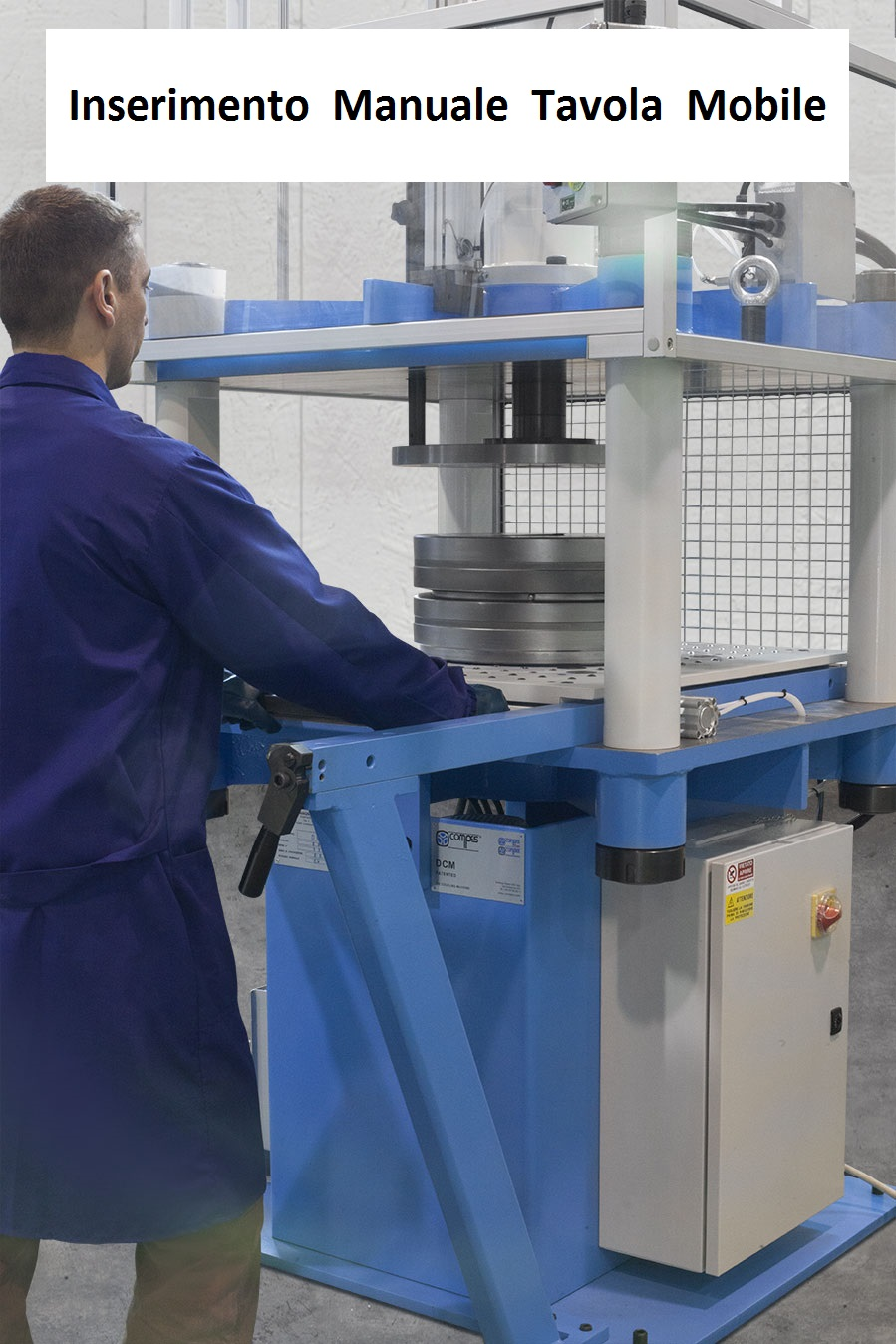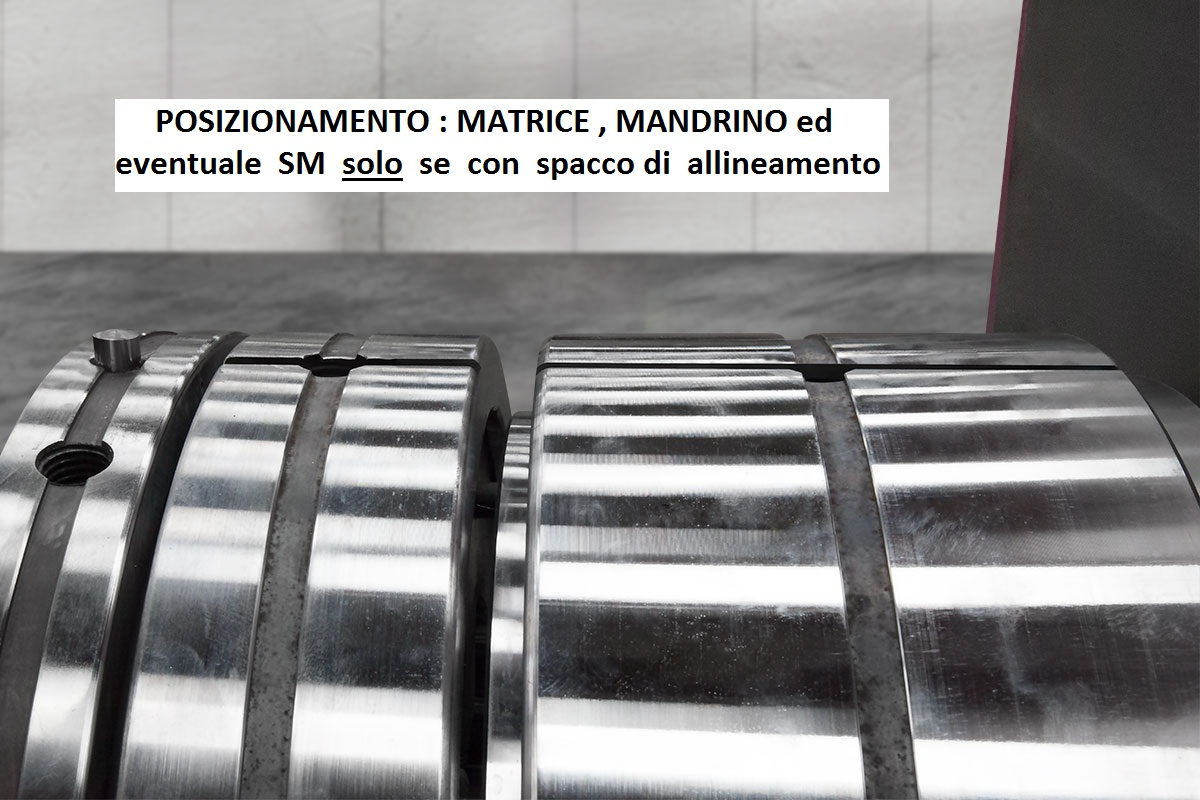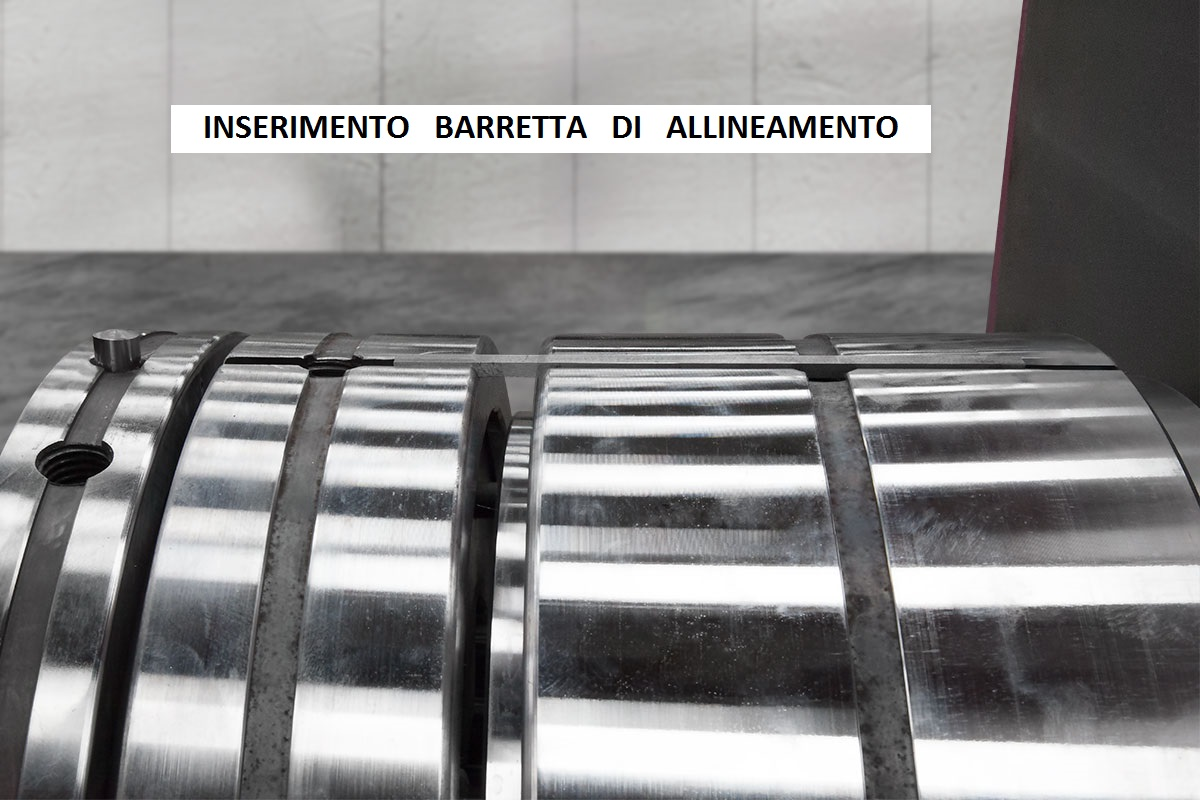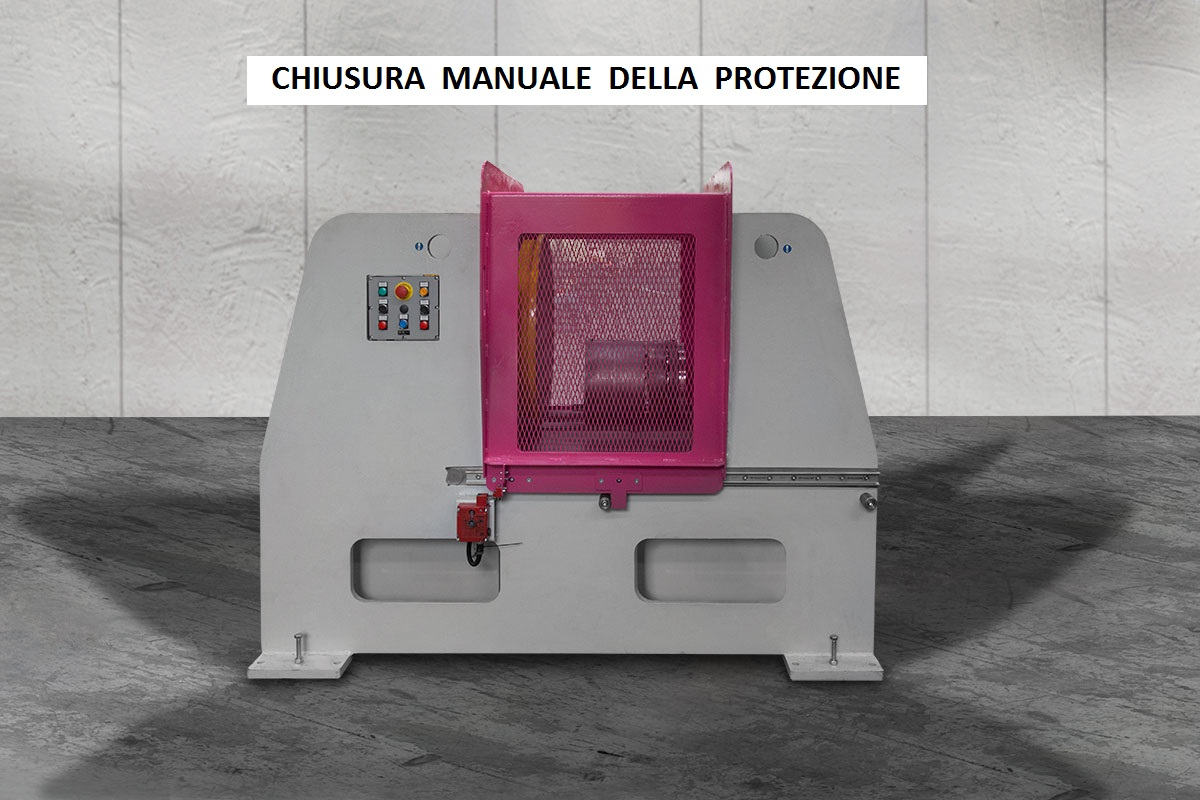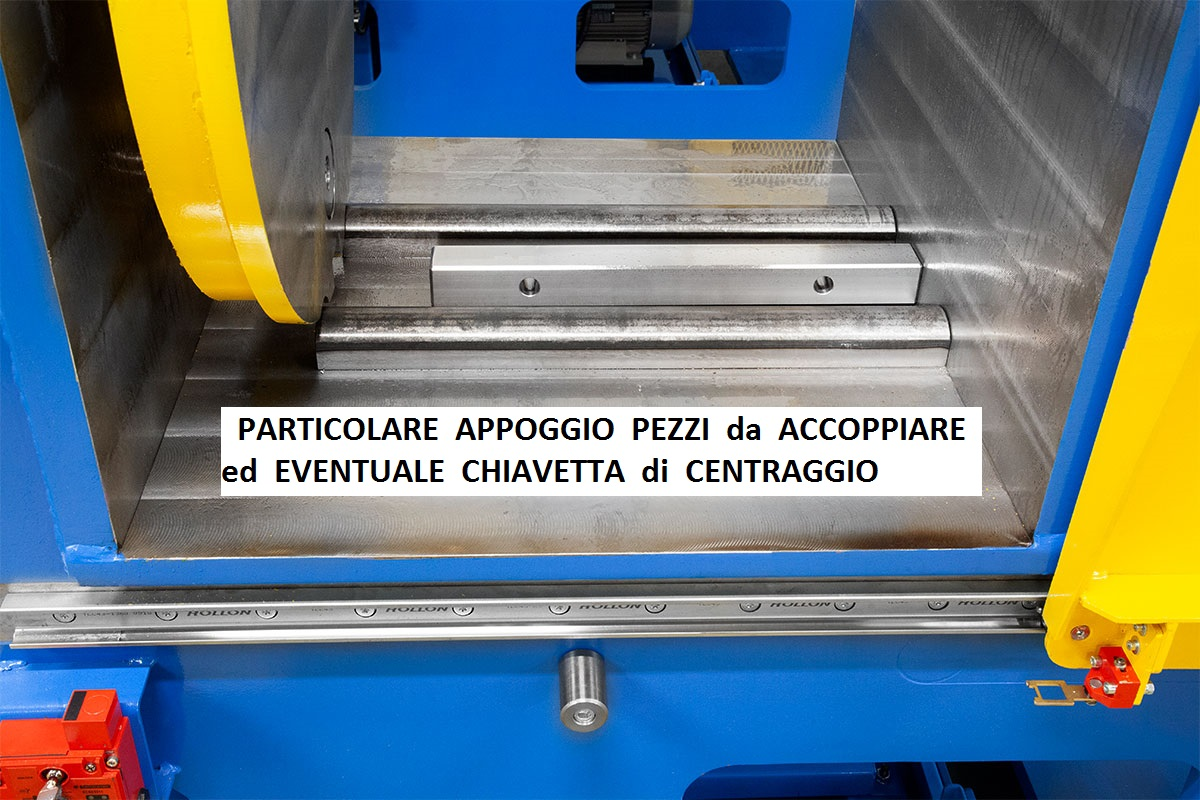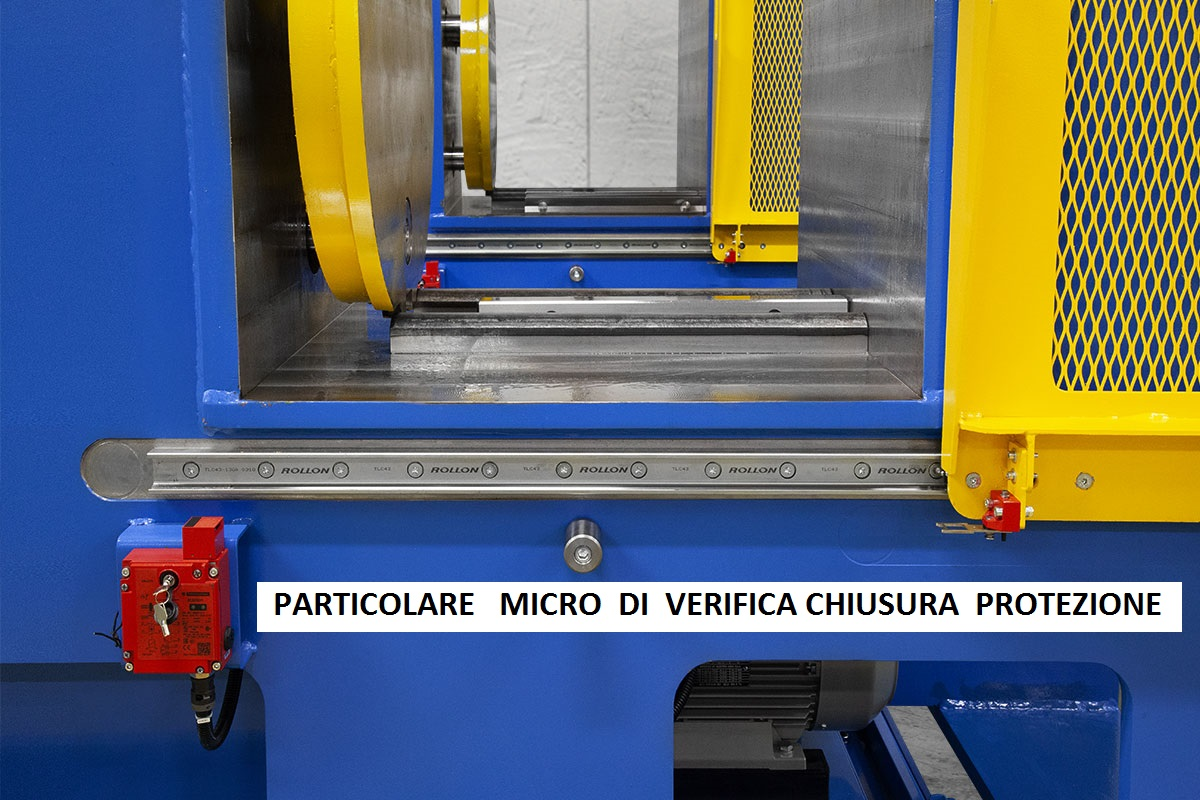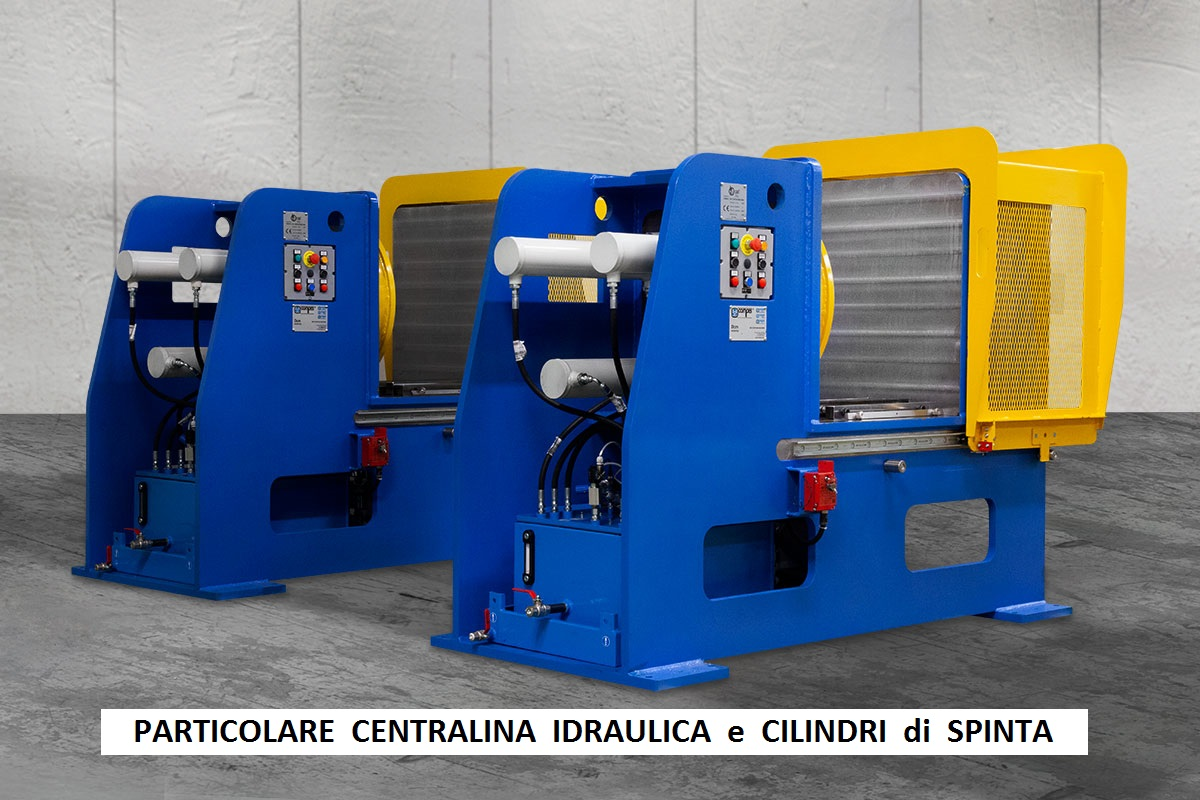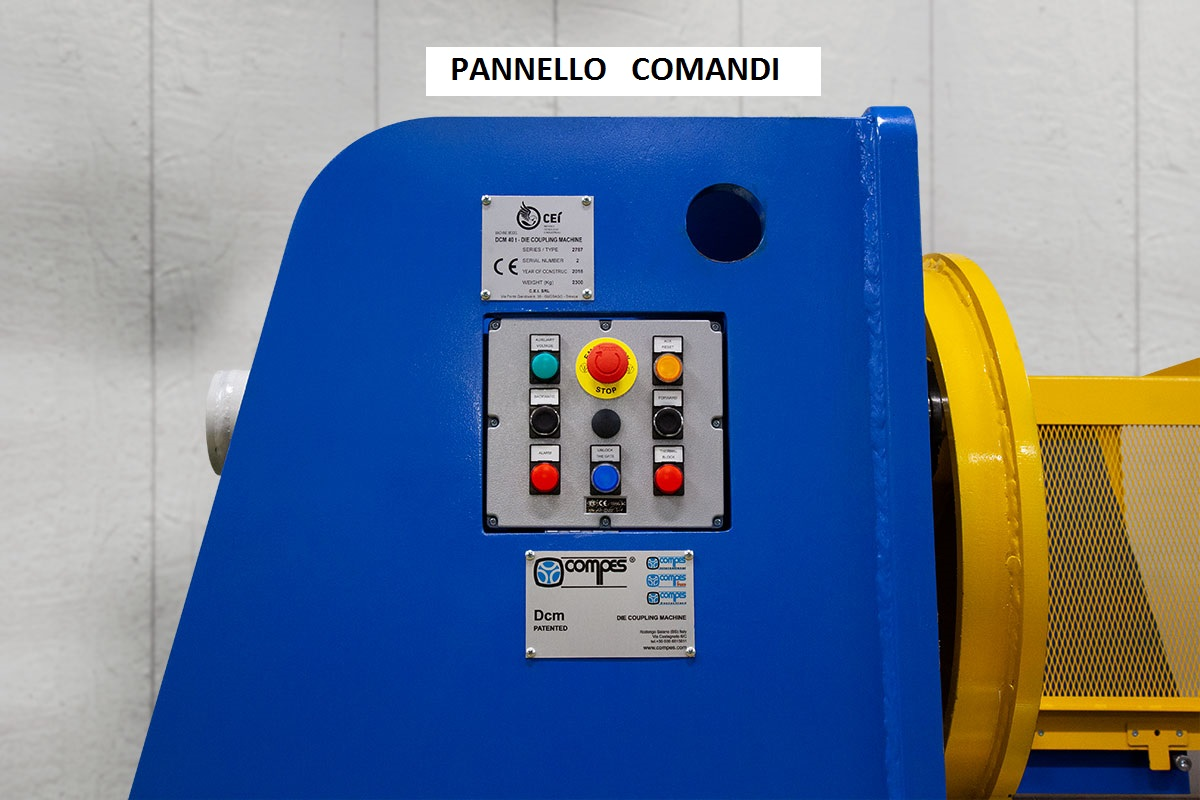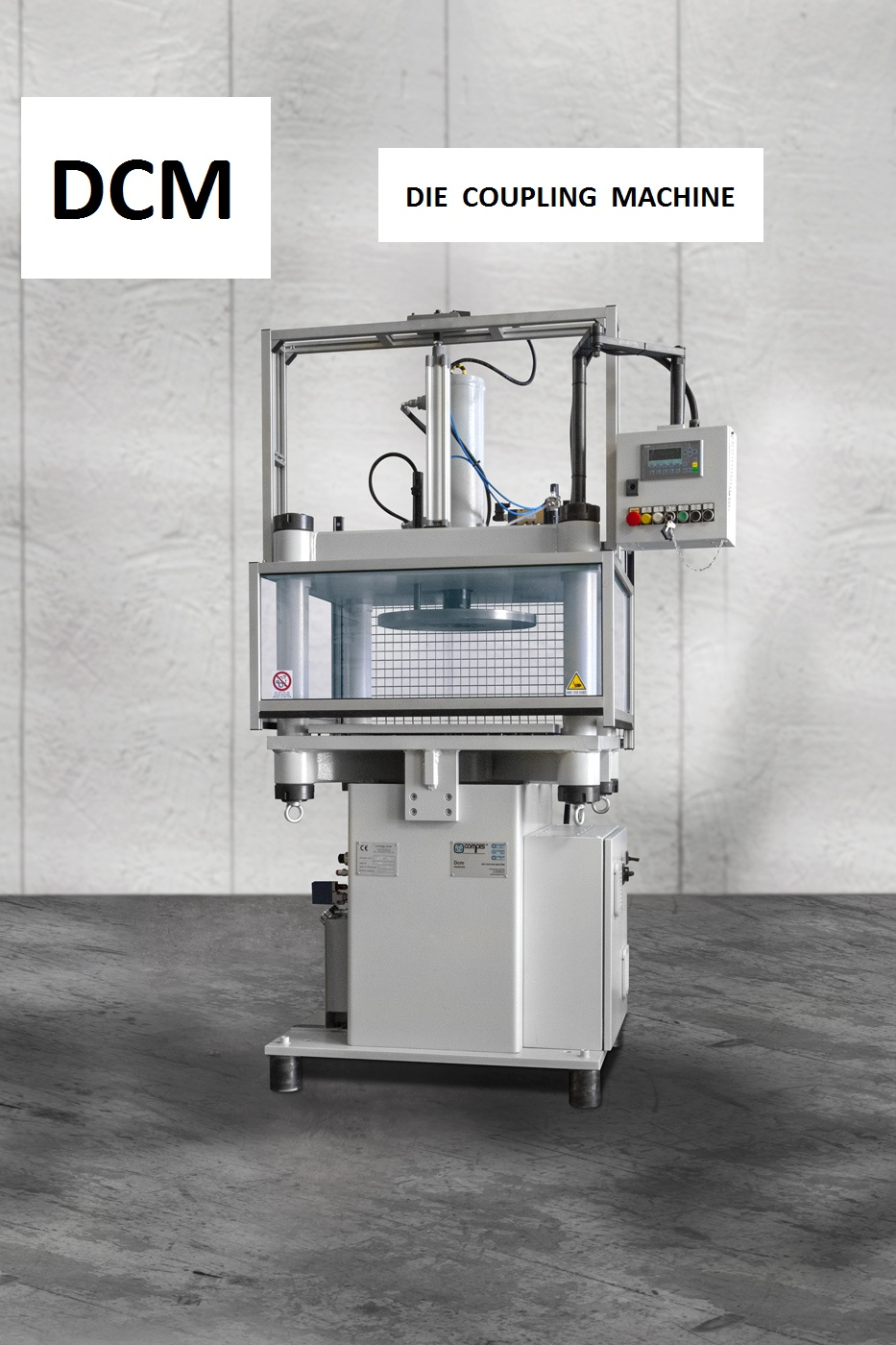
DCM® DIE COUPLING MACHINE 420/530 VERTICAL/HORIZONTAL
to assemble die cap and mandrel easily.
The machine allows to assemble die plate and mandrel, by eliminating also the annoying noise pollution caused by hammer work.
This is why Compes has designed a high-tech system that is composed of three main elements:
- A special table with balls, making the die movement and centring easier.
- Compression absorbing springs.
- A swinging disc, installed in the upper part of the machine.
Thanks to the co-ordinated and effective movement of such elements, the automatic closing of die plate and mandrel takes place in a parallel way and therefore effectively.
The manual intervention on the contrary does not allow to apply a symmetrical strength at the same time. Also limited angle variations between the components to be coupled may cause the seizure of coupling diameters and compromise the coupling itself.
Besides the die life increases considerably, thanks to the special care reserved to possible delicate parts and to the bearings of die cap and mandrel.
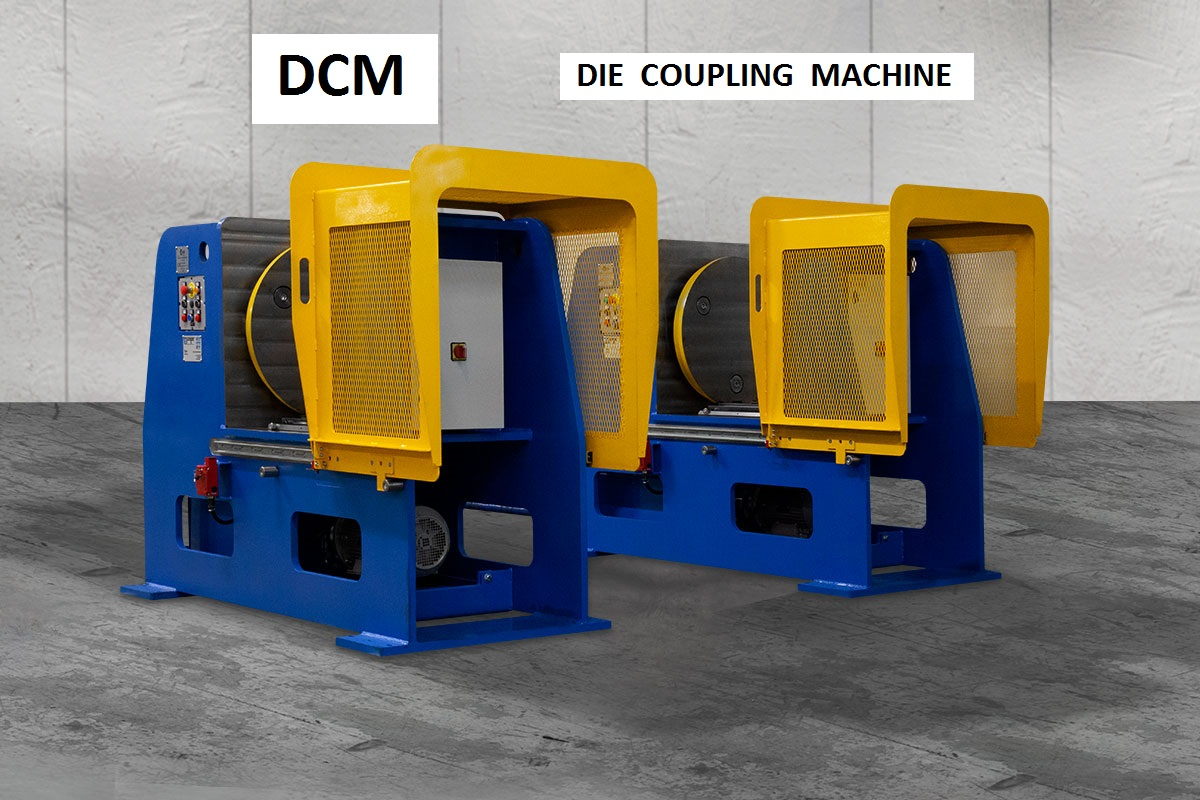
HORIZONTAL DCM® DIE COUPLING MACHINE
to assemble die cap and mandrel easily.
Main strong points
By installing DCM DIE COUPLING MACHINE ® in your company you eliminate the risks of accidents, inconveniences and relevant costs and combine the ease of use and safety, with zero noise.
SAFETY
The improper use of the hammer to compress die cap and mandrel can cause serious injuries to hands and fingers in particular. The most frequent case is tendonitis in the arm.DCM DIE COUPLING MACHINE ® provides an ideal level of safety during the assembly operation, thanks to safety guards, mounted on the perimeter of the table, and opening on the front loading, provided with safety switches.
ERGONOMICS
The physical effort is virtually zero thanks to the work of the machine, which applies a clamping force of several tons.PERFORMANCE
Due to the fixed table and the moving plate, when the die cap is compressed against the mandrel, the set is supported in a parallel and uniform way by the rigid thrust bearing bosses. Thus, contrary to what happens using the hammer, causing dangerous vibrations, thanks to the gradual and continuous compression you completely eliminate the start of die cap or mandrel cracking, particularly when the cores are very small and fragile.Operations in standard configuration
The following steps are valid for the coupling of porthole dies.
- Press the button to open the protective casing.
- Manually enter the die, sliding on the ball moving plate, up to the piston center.
- Close the cover and press the start button.
- The hydraulic equipment is set in motion. The cylinder goes down and gives the force required for closure.
- Everything happens only if you hold down the button, otherwise the machine stops automatically and immediately.
- When the die is assembled press the down button.
- The casing is reopened and the assembled die is ready to be removed from any of the sides, according to the machine arrangement.
Technical specifications
| DCM 420 | DCM 530 | |
|---|---|---|
| Tightening power | 20 Ton | 30 Ton |
| Maximum die diameter | 420 mm | 530 mm |
| Minimum and maximum die stack thickness | 50/250 mm | 50/300 mm |
| Movable die supporting table | 730 mm x 930 mm | 730 mm x 930 mm |
| Power absorbed | 3 Kw | 4 Kw |
| Hydraulic unit | 30 l | 50 l |
| Approximate total weight | 1500 Kg | 1700 Kg |
| Maximum overall length | 1240 mm x 1100 mm x h 2200 mm | 1240 mm x 1100 mm x h 2200 mm |
Upon request it is possible to modify the porthole loading and unloading according to the extruder's needs.
Supporting structure in welded, tempered tubular steel, with 4 columns Ø 100 mm.
Hydraulic cylinder Ø 100 mm.
Push button panel positioned at ideal height.
Swinging disc for die adjustment.
Protection casing in aluminium profiles and PVC GLASS with manual movement and safety limit switch.
Low voltage electric equipment in a cabinet onboard machine.
The machine is supplied in compliance with CE standards or alternative ones.
DCM DIE COUPLING MACHINE®: a CO.M.P.ES. S.p.A. trademark.
Compes reserves the right to apply without prior notification any technical modification deemed necessary or as a function of specific requests.
